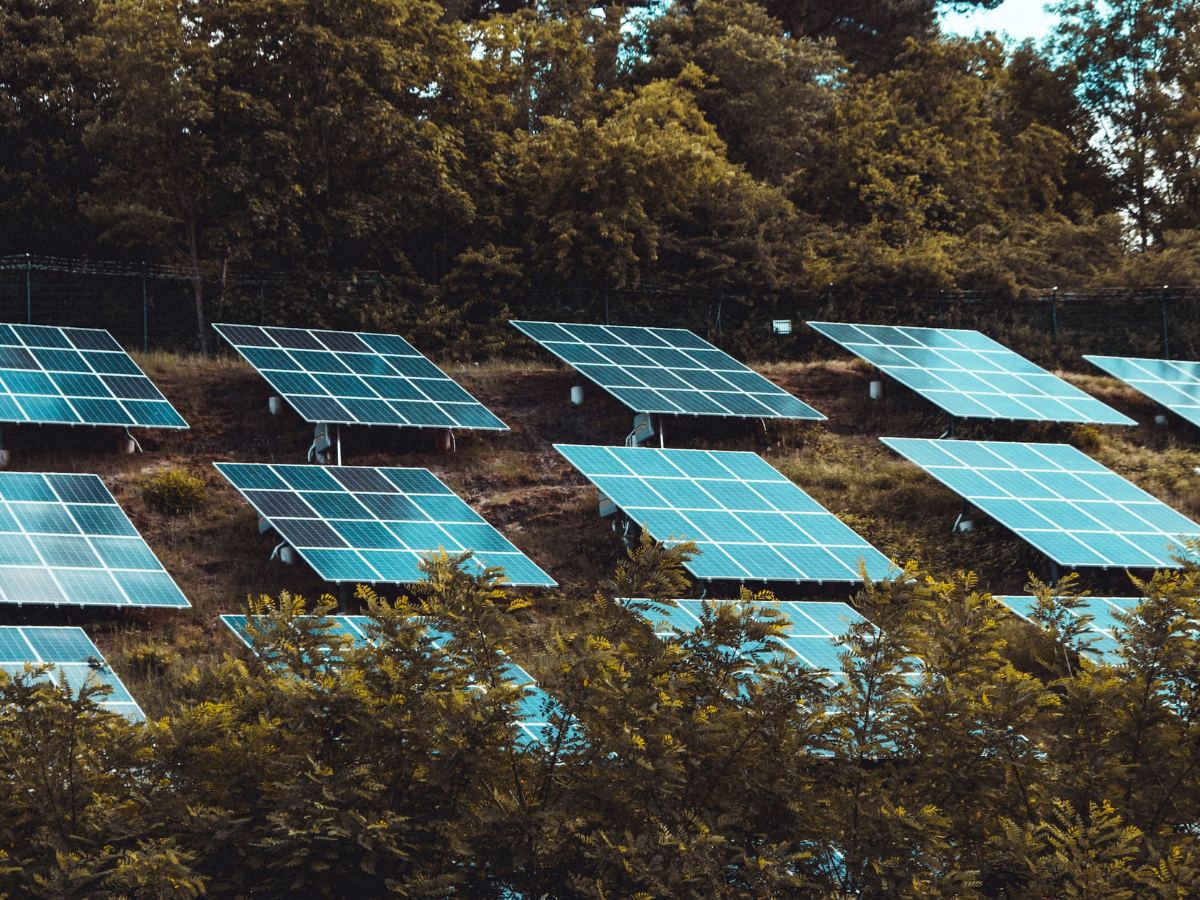(Photo by Moritz Kindler/Unsplash)
By John McFerrin
Whenever there is discussion of capturing more sunshine to make electricity, someone always points out that doing that on the scale necessary to operate an entire power grid would take a tremendous amount of land. They make calculations, talk about farmland that would have to be covered in solar panels, etc.
This is all just a matter of perspective. From the ground, it may look as if we would need to cut down forests, cover farmland, etc. From the perspective of a Blackpoll Warbler (or any migrating bird), it is different. They see acres and acres of rooftops, just sitting there, waiting for solar panels. What we must do is make things easier for those who want to cover these acres of rooftops with solar panels.
We took one step years ago with net metering. Any homeowner or business that wants to install solar panels can do so and still remain connected to the electricity grid. If the homeowner’s panels produce more electricity than the homeowner needs, the excess goes back to the grid. If the panels produce less, the homeowner draws electricity from the grid. The homeowner only pays if the electricity he takes from the grid is more than the electricity his panels contributed to it. The Public Service Commission has rules controlling how this works.
We took another step last year with legislation on Power Purchase Agreements. Before the legislation, the net metering option was only available to home and business owners who could afford the upfront cost. This eliminated solar panels as an option for many people. The Legislature fixed this by making it possible for a company to install panels at its expense on someone’s house and then sell that electricity to the homeowner.
Now is time for the next step: community solar.
Community solar allows entities with big roofs—a business, a parking garage, a church, a medical center—to install solar panels on those roofs and then sell the power that it doesn’t use. For example, a business with a big roof and no shade trees anywhere nearby could cover that roof with solar panels. With such a big roof, it would produce more electricity than it needed. It could then sell the right to use the excess.
Community solar would not be restricted to existing roofs. It could be constructed as a free-standing entity. People could buy shares in the electricity produced by a free-standing community solar operation just as they would in one installed on an existing rooftop. If West Virginia allowed community solar, freestanding community solar operations would probably be more common than those on big roofs.
As a practical matter, any community solar operation could not sell electricity to consumers directly. In addition to the legal barriers, there would be the practical problem of having to string wires, etc., to deliver the electricity. Instead, the excess electricity produced would go back into the electrical grid. Consumers would buy shares of the excess electricity produced by the business, the church, etc. They would then be credited on their electric bills in proportion to the shares they owned in the community solar operation.
This opens up the possibility for all manner of people to have solar power who cannot have it now. Even though renters do not have their own roofs where they could install their own solar panels, they could buy shares of the electricity produced from some big building or freestanding entity. Those who lived in shady spots where solar panels are not possible could buy shares. Those who could not afford the up-front investment in solar panels could buy shares.
It also opens up the possibility of savings for consumers. Estimates are that consumers could save about ten percent on their electric bills by enrolling in community solar.
It also jump starts the use of solar power in West Virginia. West Virginia currently has dramatically less use of solar power than other states, including surrounding states. In 2021 West Virginia was 49th in the United States in solar jobs per capita. 21 other states (including Virginia and Maryland) and Washington, D.C., have community solar legislation and policies. Community solar would help West Virginia catch up.
Even if this sounds like a good idea, it can’t happen in West Virginia under existing law. In West Virginia, electricity is sold by regulated monopolies (mostly Appalachian Power and Mon Power). They are regulated by the Public Service Commission which sets rates and controls many aspects of their operations. As regulated monopolies, they control the poles, wires, etc., that a community solar operation would need to distribute electricity to its members.
This is where the Legislature comes in. Before community solar can become a reality in West Virginia, the Legislature would have to change the law. It would have to authorize community solar and require the Public Service Commission to adopt rules setting out how the monopolies it regulates (mostly Appalachian Power and Mon Power) would have to cooperate with community solar operations.
A bill to authorize community solar was introduced during the 2022 session of the West Virginia Legislature. It did not pass. There will almost certainly be a similar bill introduced in 2023. The West Virginia Highlands Conservancy, the West Virginia Environmental Council, as well as other groups have made enactment of community solar legislation a legislative priority for the 2023 session.

